Outline of the Processing of Flax, at the Plant of The Miles Linen Company, Salem, Oregon.
With the compliments of SUNDE & d’EVERS CO. Seattle, Wash. and MILES LINEN CO. Salem, Oregon
SYNOPSIS OF A TRIP through THE MILES LINEN COMPANY’S PLANT, SALEM, OREGON
November 15th and 16th, 1929.
With the idea of giving Alaska Salmon Packers interested in the use of Linen Gill Netting and Salmon Twine an insight into just how these products are manufactured, Levi C. Oman, Vice-President and Sales Manager of Sunde & d’Evers Company, Seattle, recently organized a party of prominent cannerymen and superintendents to visit the Plant of the Miles Linen Company, at Salem, Oregon.
Included in the party which left Seattle on the morning of November 15th for Salem were: – A.W. Wittig, Secretary of the Shepard Point Packing Company; Nels Hawkinson, Vice-President of the International Packing Company; A.S. Graham, in charge of Libby, McNeill & Libby’s Bristol Bay canneries; G.F. Smith, Superintendent of the Nakat Packing Corporation’s cannery at Nakeen, Bristol Bay; F.A. Gepner, Superintendent of the Northwestern Fisheries Company’s cannery at Orca, Alaska; and L.C. Oman, Vice-President, D. Daneman, Treasurer, M.G. Anderson, Manager of the Cannery Department, and E.D. Shaw, Manager of the Marine Hardware Department, of the Sunde & d’Evers Company.
Under the guidance of F.J. Gilbraith, General Manager of the Miles Linen Company, the party was ushered through this Company’s mill, and its entire operation from the time the flax, — from which Linen Netting and Salmon Twine is manufactured – is planted until it emerges from the machine as a finished product, was carefully explained and demonstrated for the edification of the cannerymen.
Because of the excellent climatic conditions and the fertility of the soil around Salem, this district is particularly suited for the raising of flax. 4,500 acres of flax were harvested in 1929, and 6,700 acres are under contract for 1930. An idea of the extent of the Miles Linen Company’s operations is indicated by the fact that they handled 368,000 pounds of fibre from Oregon grown flax during the past year.
The growing season extends from March to June, when the flax is harvested with specially built power-driven machines which pull the plant from the ground root and all. To cut the flax with an ordinary mowing machine or harvester would result in the loss of several inches of valuable fibre.
After the crop is harvested, the flax is threshed to obtain seed for the following season’s planting, although the majority of the seed is sold to manufacturers if linseed oil. The stocks are then placed in retting tanks to loosen up or dissolve the gun which binds the fibres together. The flax is then spread out in a large field to dry after which it is ready for scutching.
Scutching is the process by which the fibre is freed from its woody core and rendered fit for market. Two operations are required – first breaking and then scotching. The breaking is done by passing the stalks between grooved or fluted rollers of different pitches which break the core up in such a manner that the fibres are easily drawn out in the scutching process, which also completely removes the straw or shove.
The long fibres are then sorted and graded according to length and quality. At Salem the fibre is sorted into six grades, the two higher grades being used by the Miles Linen Company in the manufacture of Linen Netting and Linen Salmon Twine. The lower grades and pullings are used for sacking twine, toweling, etc. The residue from the fibre or tow – its technical name, — consists of short and broken pieces of fibre, and is used for much the same purpose as the pullings mentioned above. When is leaves the scutching machines it contains considerable shove, or small bits of straw. This is passed through a drier, and then through a picking machine, which picks out the shove and renders the tpw fit for commercial purposes.
The trip through the Miles Linen Mill was an interesting event for the cannerymen. Forty-eight different operations are necessary to manufacture the raw fibre into finished Salmon Twine, which is also used as the basis for the Miles Linen Netting.
The first operation consists of roughing, piecing and sorting the fibre into bundles, seven to the pound. The fibre is again combed out so as to remove all of the short pieces of fibre. The fibre then passes through a hackeling, or combing machine, which combs out the tow still remaining in the fibre. First one end of the fibre is combed and then the other. The first steel pins, or combs, are set four to the inch; while in the finishing comb the pins are set twenty to the inch so as to get the last bit of tow or dirt that may cling to the fibre. After one end has been combed an automatic wrench turns the fibre over and the other end is combed.
After leaving the combing machine, a jaw picks up the fibre and automatically spreads it on an apron going into the drawning machine, from which it emerges as a single sliver, or one continuous end. These ends are deposited in a cylindrical container, which holds several hundred feet of fibre. The fibre then goes to the doubling frame. Six ends go into one side of this machine and come out in one end on the other side.
Ends are then placed in the first drawing machine, from which they emerge as one end. This drawing out process is continued through four drawing machines. The fourth drawing or finishing machine receives thirty-six ends, and only one comes out.
The ends are then ready to go to the spinning frame, which winds the linen yarn on spindles. The Miles mill is equipped with three spinning frames with 300 spindles (100 spindles each). The speed of the drawing roller on these spinning frames can be adjusted to determine the exact size and quality of the fibre to run through the plant.
The yarn is then placed on reels where it is wound into skeins for boiling. Boiling is necessary to remove the gum, or any foreign substance that may remain in the yarn. Six hundred pounds of yarn are boiled at a time for six hours, in a solution of soda ash and water. The yarn is then placed in a rinsing or souring tank containing water and acetic acid, which neutralizes the soda ash and eliminates any danger of weakening or rotting the yarn. Yarn is then placed in another rinsing tank containing a soap and water solution which frees it of the yarn in an extractor, similar to those used in laundries, it goes to the dry-room.
After leaving the dry-room the yarn goes to a spooling machine, which returns it to the bobbins or spindles. The yarn is then ready for the spinning machines which twist it into the ply desired. The yarns are spun and the greatest of care is used in finally balancing the twist, so that the finished twine comes through smooth and even, and with no tendency to kink. The evenness of Miles Linen Twine is controlled by constant watchfulness in every operation through which it goes. In the twisting process the yarn comes in contact with a water jet, which necessitates again removing the twine from the bobbins for drying. It then goes to the softening machine, after which it is ready to be made up into 1-lb, balls by a special machine used for this purpose.
The visit to the section of the factory where the Linen Twine is manufactured into Gill Netting was probably the most interesting part of the tour. The netting machine employed by the Miles Linen Company is the only one of its kind now in use in the United States. It was manufactured in France and is considered to be the latest and most modern of this type of machinery. Its operation is so intricate that it is almost impossible to describe. One of the points emphasized to the canners is the fact that each individual knot is stretched to the desired tightness.
The Miles Linen Company is in a position to turn out all sizes of Linen Netting.
The Miles Linen Company was organized in December 1924, and started actual production on Labor Day 1925. Since that time it has been very successful in developing netting and twine business in the fishing industry on the Columbia River, where its products are now used more extensively than any other brand. The Company has now decided to extend its sales promotion work to the cultivation of a market for its products in the Alaska fisheries, and as a first step in this connection has appointed the Sunde & d’Evers Company as its agent in Seattle.
The personnel of the Miles Linen Company is as follows:
H.R. Crawford, of the Ladd & Bush Bank, Salem – President
George Shand, — Vice President
L.L. Laws, — Secretary-Treasurer
F.J. Gilbraith, — General Manager
Bertram Thompson, — Plant Superintendent
The Board of Directors is composed of Mr. Crawford and Mr. Shand, Mr. J. G. Heltzel, attorney, Salem; T.B. Kay, Oregon State Treasurer and President of the Kay Woolen Mills; and C. E. Nelson, of Clifford-Brown, dealers in wool, mohair and hops, Salem.



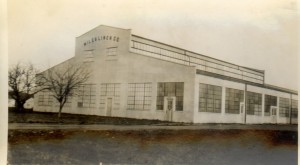
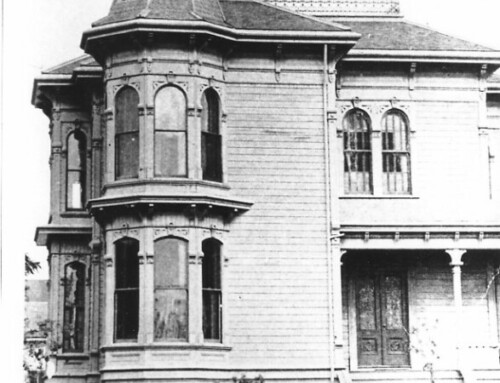
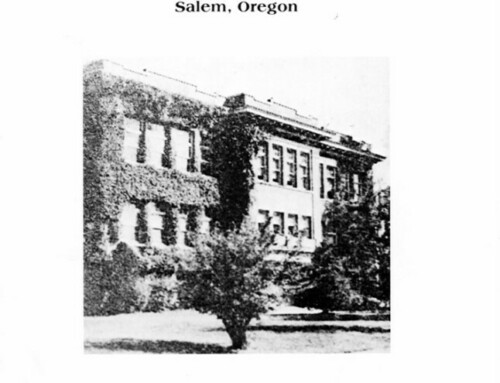
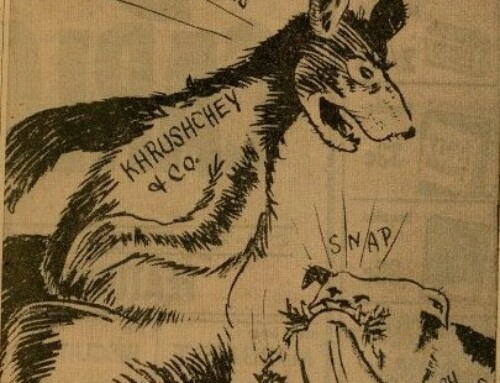
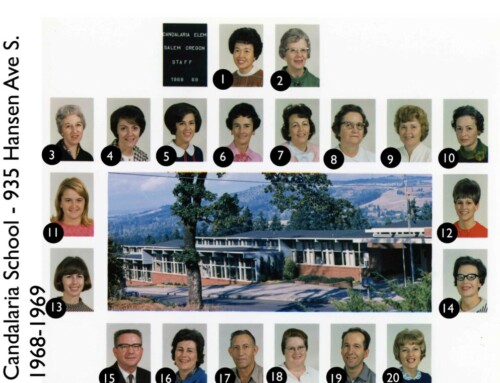
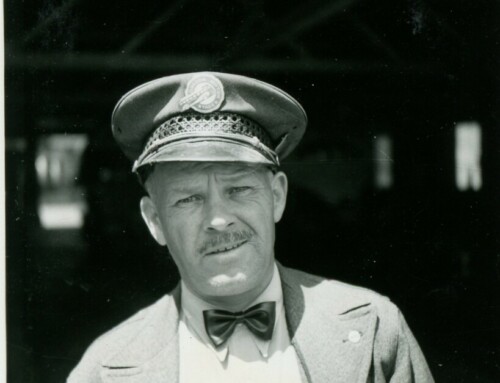
Leave A Comment